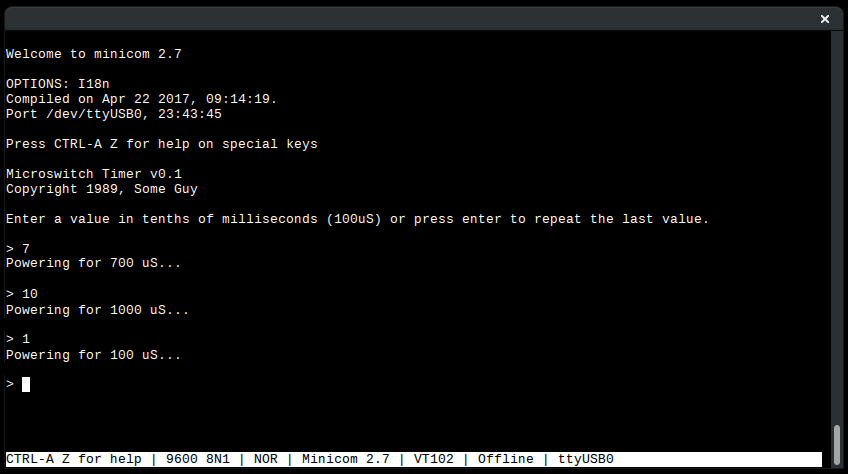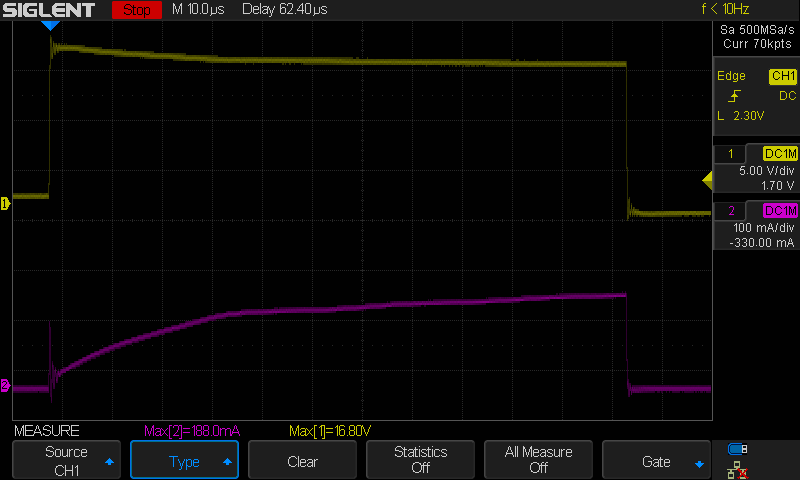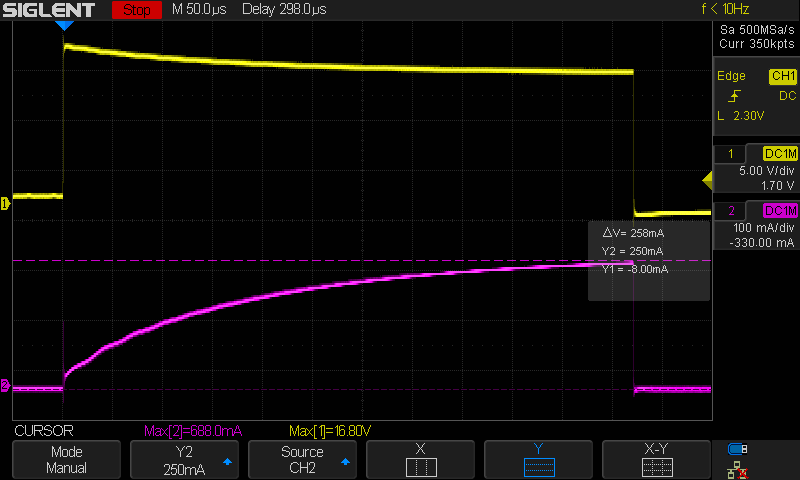The datasheet/brochure for the FP-00SS5-7 displays doesn't give much information about what's required to drive them. It gives an example of 16V at <350mA for 1ms, but I wanted to check how the segment flipping performed under different conditions.
To pulse power on demand for arbitrary amounts of time, I grabbed an IRFZ44N MOSFET and hacked together a not-entirely-accurate, but good enough serial console on an AVR microcontroller (code here):

Results
As expected, the segments flip fine using the datasheet value of 1ms @ 16V.
Segments start to move at about 9V, but the field generated is barely strong enough to keep a segment held in place. From observation, 12V seems to be the minimum voltage to drive segments firmly/reliably.
At 16V, segments will flip when powered for >100µs. The field is a bit weak at with this small amount of total power though, and rattle around if the display is moved:

At 16V, segments work perfectly fine when energised for >=500µs:

Thoughts
Segments don't look like they'll hold position reliably with <500µs charges, but using shorter pulses does have one advantage: the display makes less noise as the segments have less kinetic energy when they hit their stops.
A reduced noise update strategy might be possible by nudging segments into place with a small pulse, then energising again afterwards with more power to hold the positions firmly.
 Stephen Holdaway
Stephen Holdaway
Discussions
Become a Hackaday.io Member
Create an account to leave a comment. Already have an account? Log In.